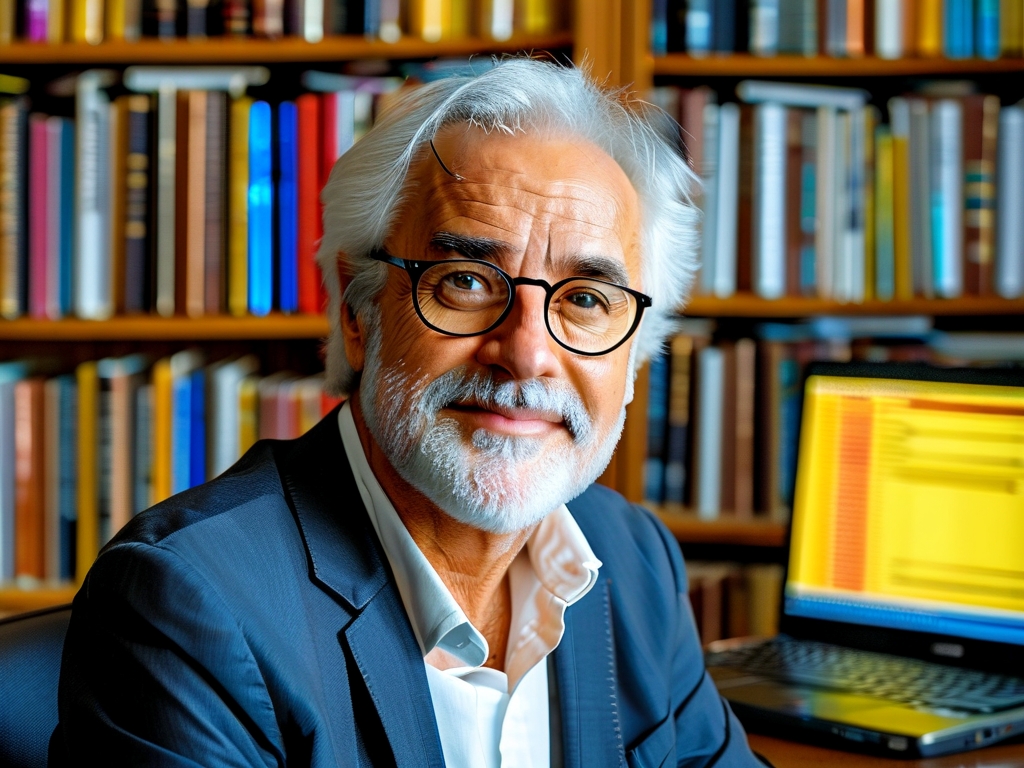Design Methodology and Practical Challenges in Computer System Architecture: A Perspective for the Senior System Architect Certification Exam
The role of a system architect is pivotal in modern IT infrastructure, bridging theoretical principles with real-world applications. For professionals pursuing the Senior System Architect Certification under China’s Computer Software Qualification Exam (commonly known as the ""), crafting a high-quality thesis is a critical milestone. This article explores the essential methodologies for system architecture design and addresses common challenges faced during the certification process, offering actionable insights for candidates.
1. Core Principles of System Architecture Design
System architecture design revolves around balancing functionality, scalability, security, and cost-effectiveness. A well-structured architecture must align with business objectives while anticipating future technological shifts. Key principles include:

- Modularity: Decoupling components to enhance maintainability and flexibility. For instance, adopting microservices architecture allows independent deployment of services, reducing system-wide downtime during updates.
- Scalability: Designing horizontal and vertical scaling strategies. Cloud-native architectures, such as Kubernetes clusters, enable dynamic resource allocation to handle fluctuating workloads.
- Security-by-Design: Integrating encryption, access control, and threat modeling at the foundational level. Recent cyberattacks on financial systems underscore the importance of proactive security measures.
- Performance Optimization: Leveraging caching mechanisms (e.g., Redis) and load-balancing algorithms to minimize latency.
A case study from the banking sector illustrates these principles. When a major Chinese bank migrated its legacy monolithic system to a distributed architecture, throughput improved by 300%, while error rates dropped by 45%.
2. Methodological Frameworks for Thesis Writing
The certification thesis demands rigorous analysis and structured presentation. Candidates should follow these steps:
2.1 Problem Identification
Begin by defining a specific challenge, such as "optimizing real-time data processing in IoT ecosystems." Narrowing the scope ensures depth over breadth.
2.2 Literature Review
Analyze existing solutions and their limitations. For example, traditional batch processing frameworks like Hadoop struggle with low-latency requirements, necessitating stream-processing tools like Apache Flink.
2.3 Proposal of Novel Solutions
Present a tailored architecture. A candidate might propose a hybrid edge-cloud model for IoT, where edge nodes handle time-sensitive tasks, while the cloud manages batch analytics.
2.4 Validation through Case Studies
Use simulations or real-world deployments to test the solution. Metrics such as response time, fault tolerance, and cost efficiency should be quantified.
2.5 Critical Reflection
Discuss trade-offs. For instance, edge computing reduces latency but introduces complexities in synchronization and security.
3. Common Challenges and Mitigation Strategies
Candidates often encounter hurdles during thesis preparation:
3.1 Balancing Theory and Practice
While theoretical knowledge is vital, examiners prioritize actionable insights. A thesis on blockchain architecture, for example, should include a proof-of-concept implementation rather than mere conceptual discourse.

3.2 Managing Complexity
Overly ambitious projects risk becoming unmanageable. A candidate aiming to redesign an e-commerce platform should focus on one module (e.g., inventory management) rather than the entire system.
3.3 Staying Updated with Trends
Emerging technologies like AI-driven auto-scaling or quantum-resistant encryption are reshaping architecture paradigms. Regularly reviewing IEEE or ACM publications helps maintain relevance.
3.4 Effective Communication
Clear diagrams (e.g., UML or C4 models) and concise explanations are essential. A poorly visualized workflow can obscure even the most innovative ideas.
4. Lessons from Successful Candidates
Interviews with past certification holders reveal consistent patterns:
- Iterative Drafting: Revising the thesis across multiple cycles to refine arguments.
- Peer Reviews: Collaborating with industry experts to identify blind spots.
- Focus on ROI: Emphasizing how the proposed architecture reduces operational costs or boosts revenue.
One standout example involved a telecom architect who reduced 5G network deployment costs by 22% through a software-defined networking (SDN) approach, later published in IEEE Transactions on Network Science.
5.
The Senior System Architect Certification thesis is not merely an academic exercise but a demonstration of strategic thinking and technical mastery. By adhering to proven methodologies, addressing real-world problems, and critically evaluating outcomes, candidates can position themselves as leaders in the field. As technology evolves, so must the architect’s toolkit—continuous learning and adaptability remain the cornerstones of success.
References
- Bass, L., Clements, P., & Kazman, R. (2012). Software Architecture in Practice. Addison-Wesley.
- Richards, M. (2020). Fundamentals of Software Architecture. O’Reilly Media.
- Case Study: Industrial and Commercial Bank of China (ICBC) Cloud Migration (2021).









